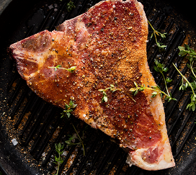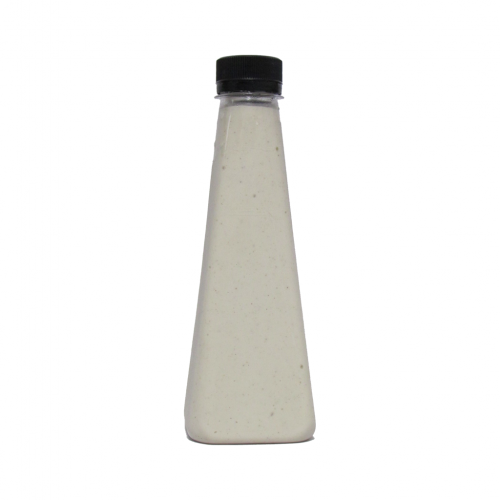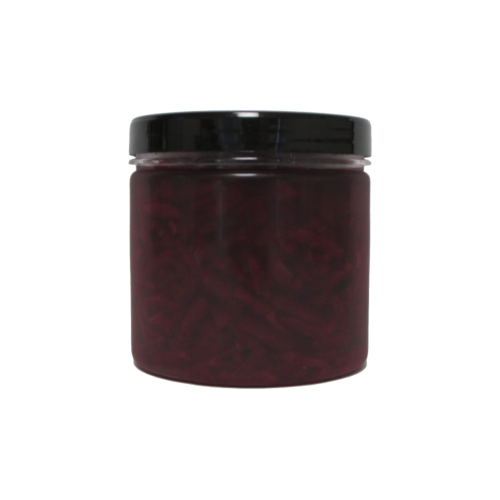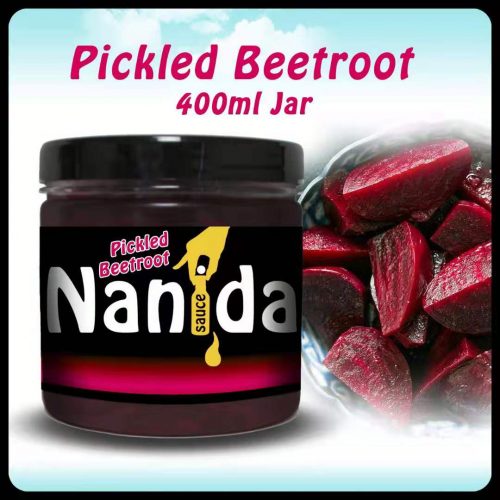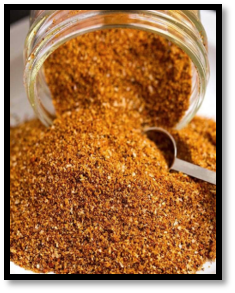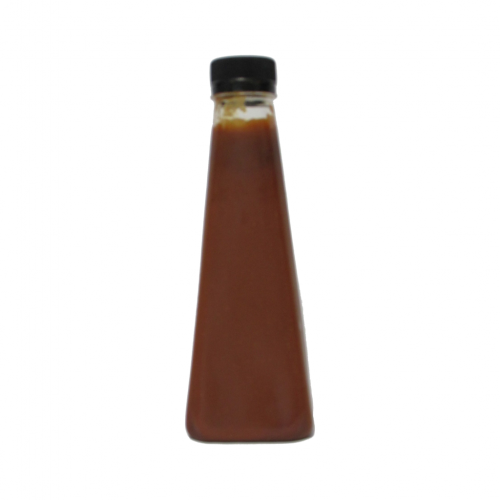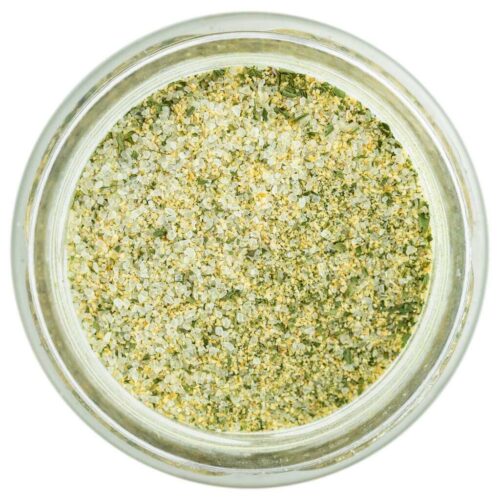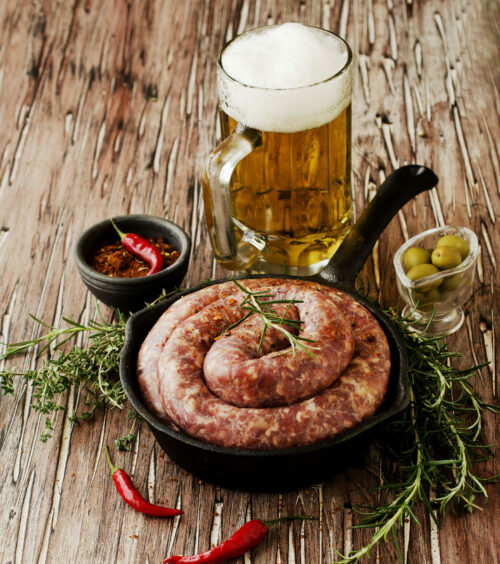Garlic powder health benefits:
Garlic powder is additionally used as a solution for infection, especially chest and fungal infections, digestive problems.
-
- Garlic powder also controlsblood glucose levels. Garlic extracts bring down the blood homocysteine level.
-
- In naturopathy, garlic powder is used as a treatment forintestinal parasites and intestinal worms.
-
- Garlic is awesome for the circulatory system and heart.
-
- It has been demonstrated to lower cholesterol and thin the blood, prevent stroke, hypertension and heart illness.
- Blocks the development of tumour cells, people who eat garlic have a tendency to develop less stomach and colon malignancy.




